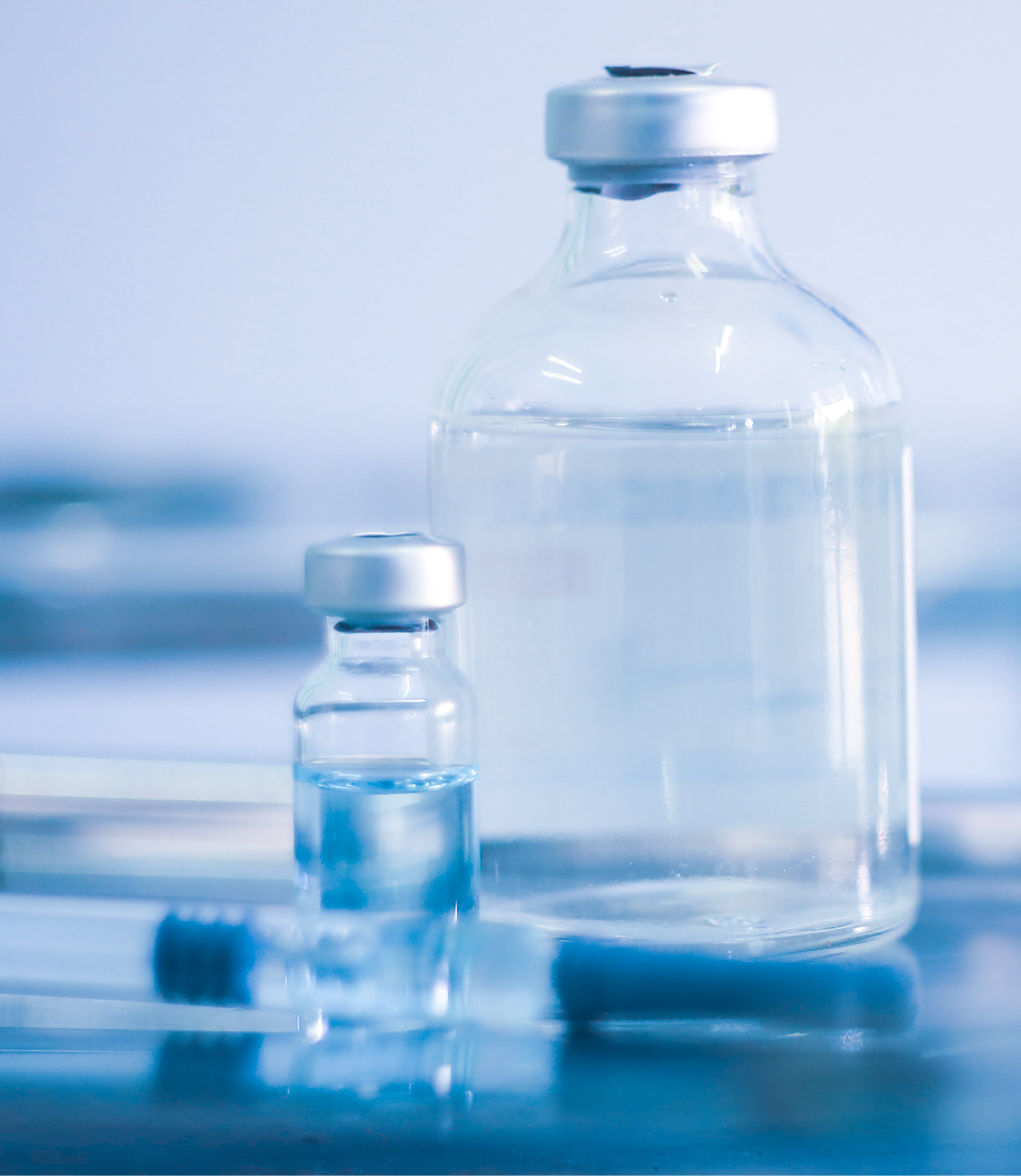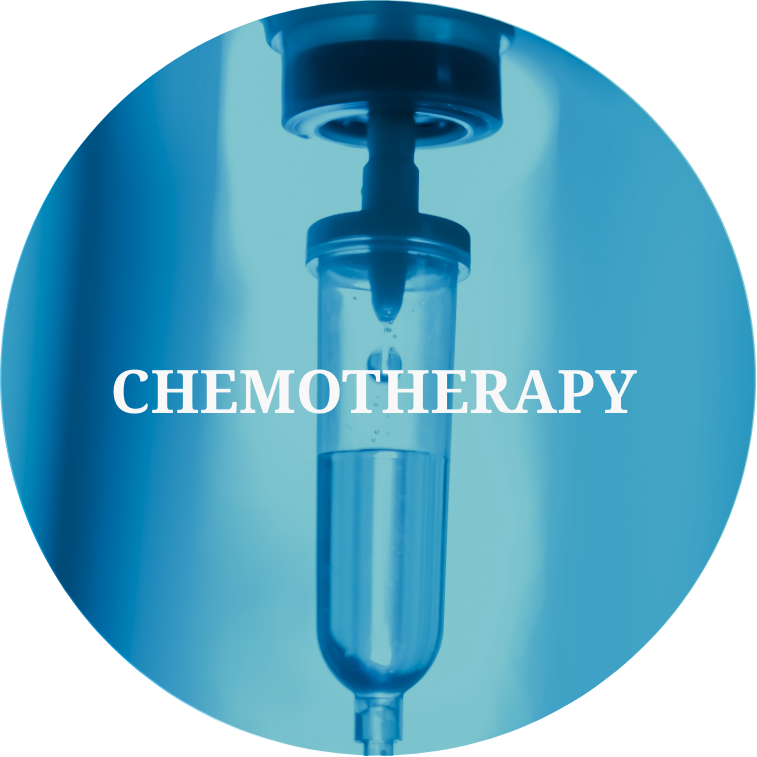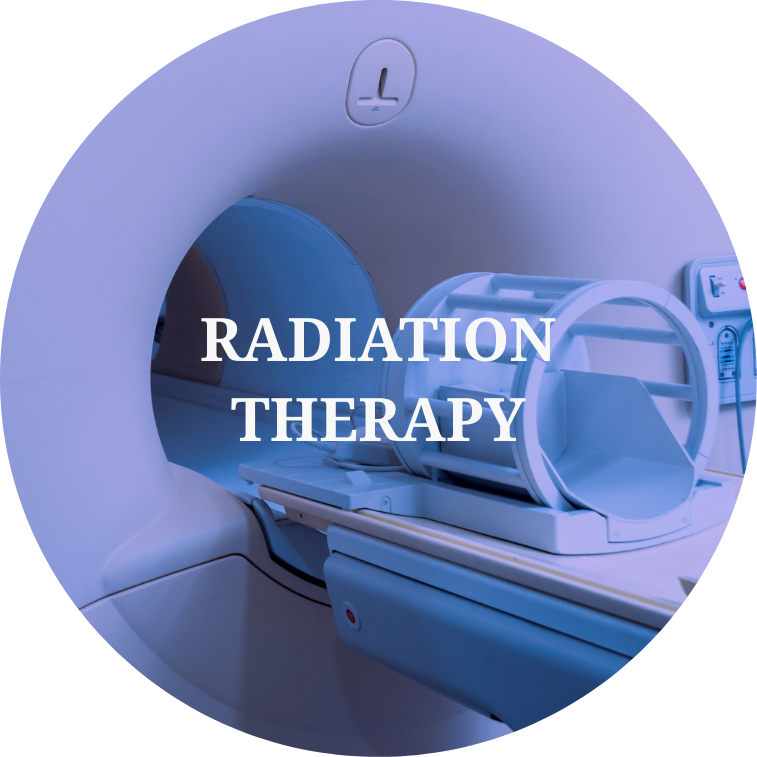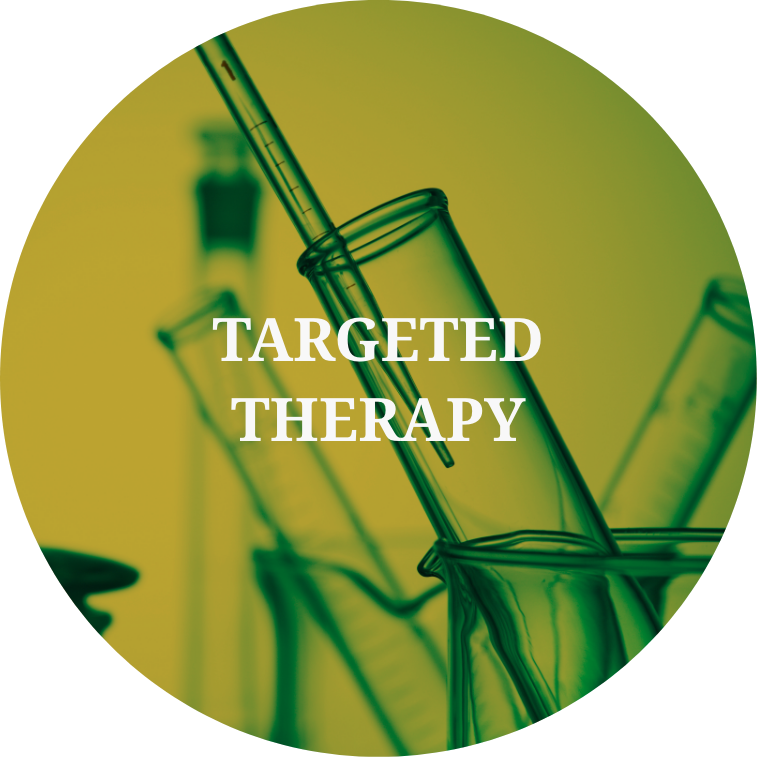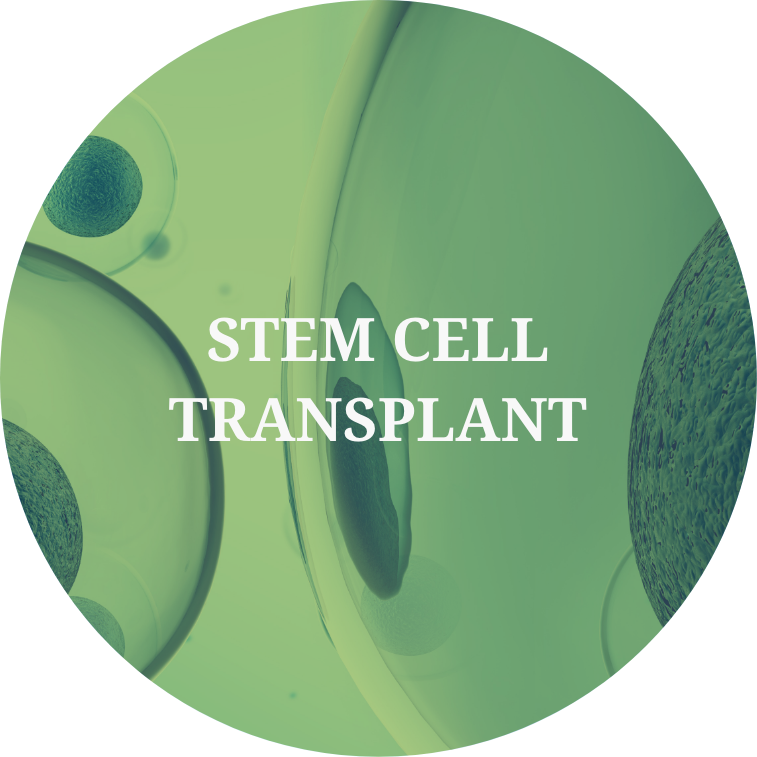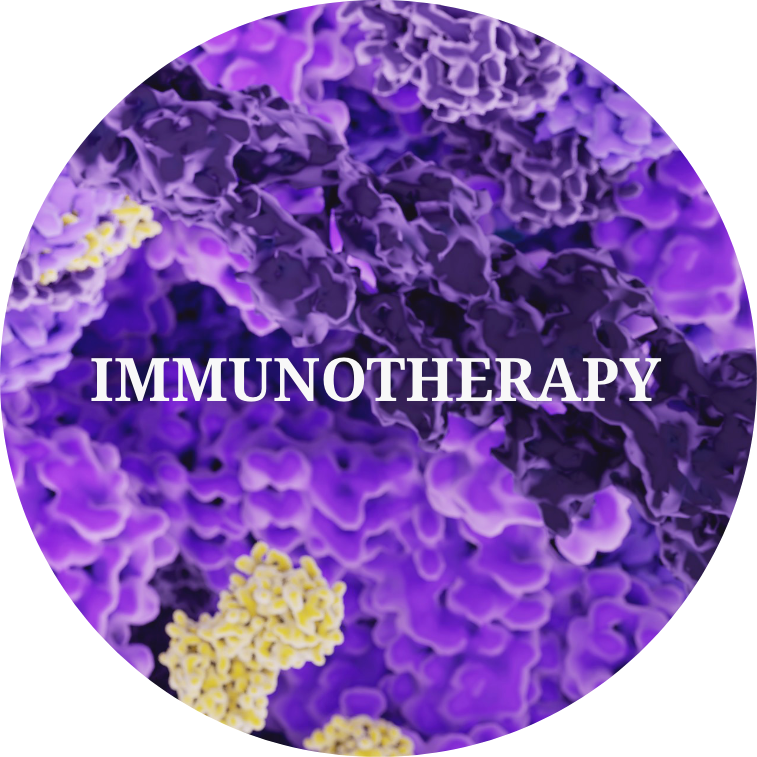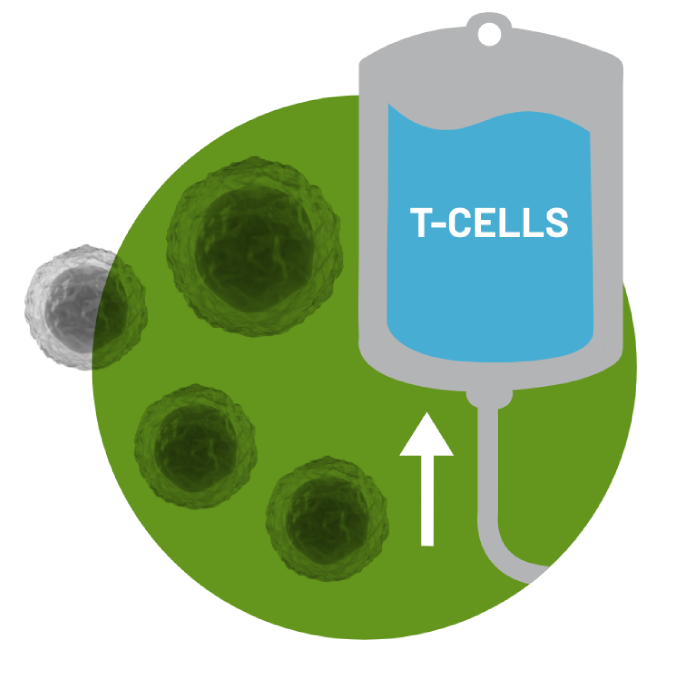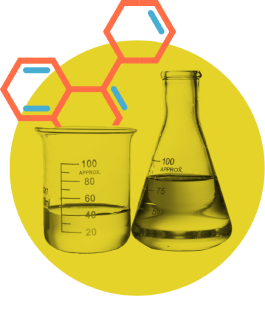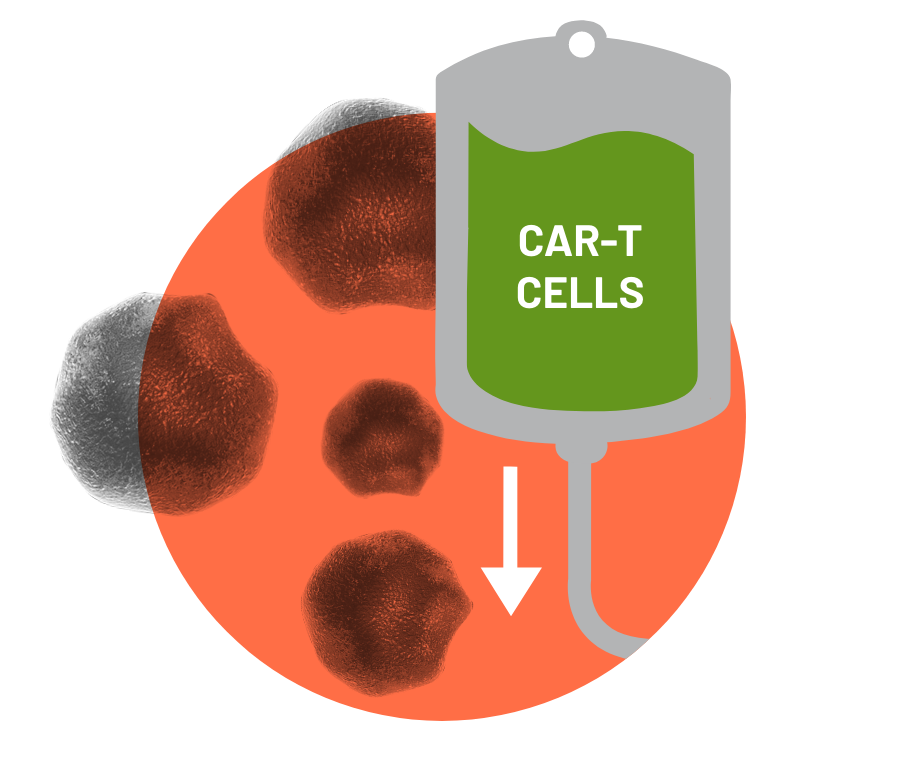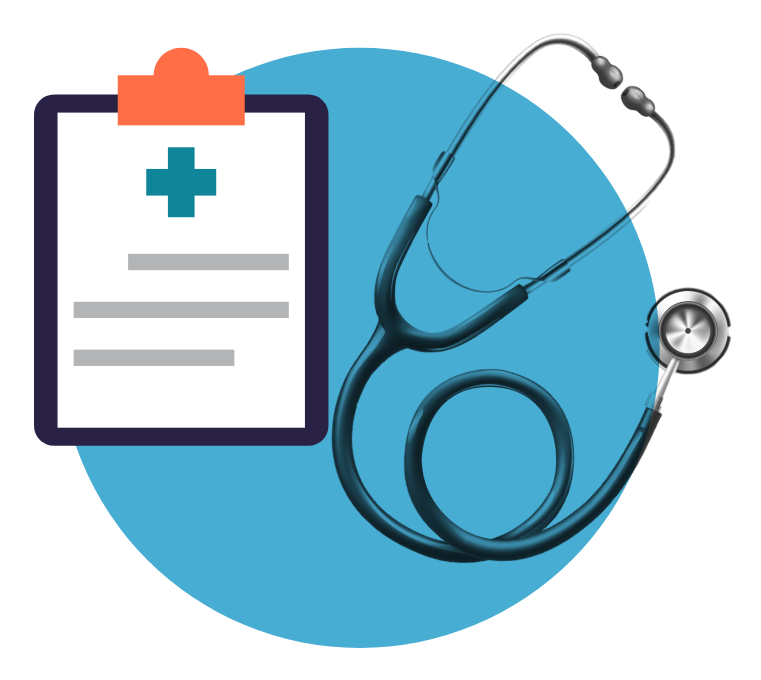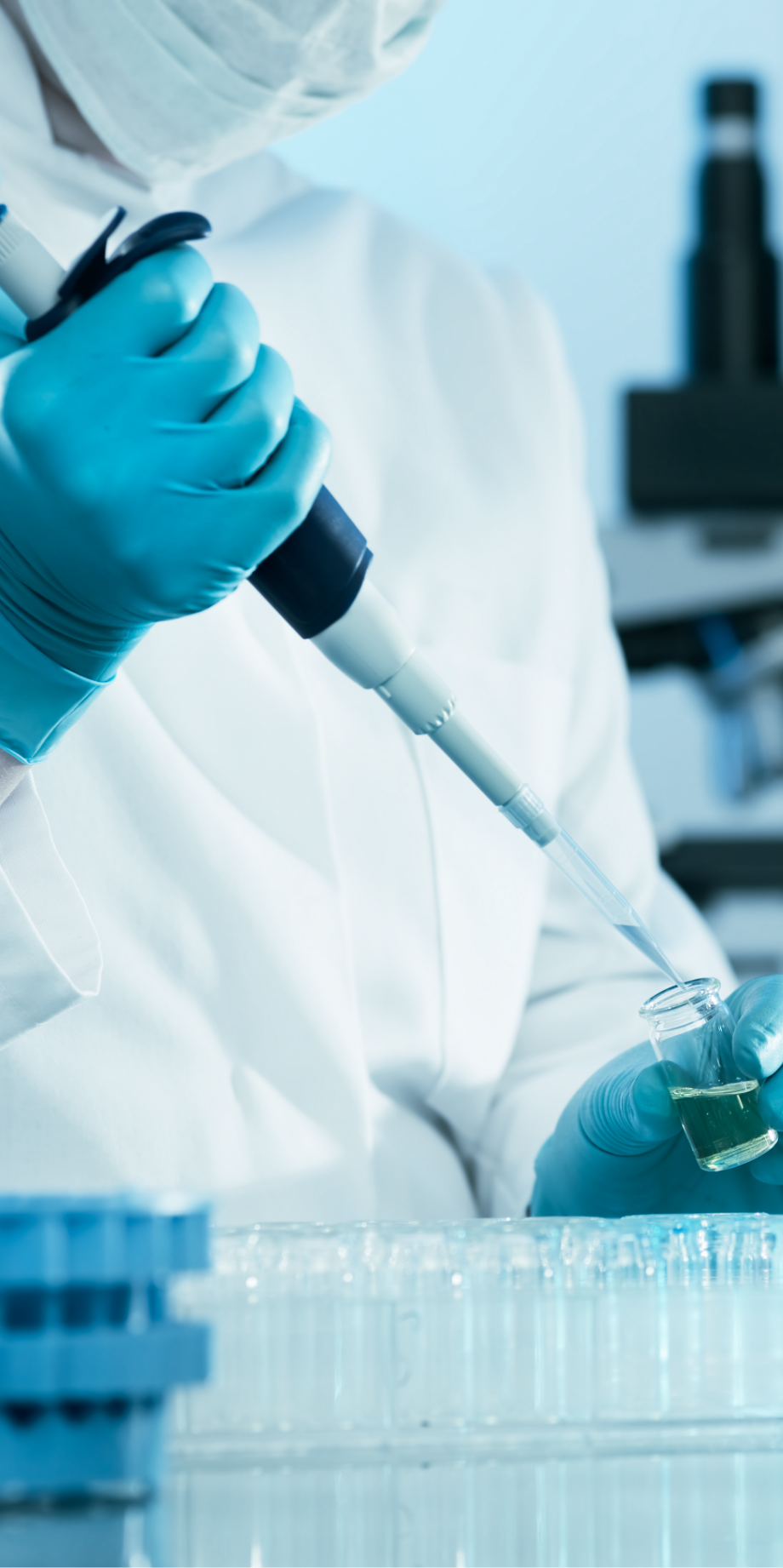What is Follicular Lymphoma (FL)?
Follicular Lymphoma (FL) is a type of non-Hodgkin lymphoma (blood cancer) that affects the cells of the immune system.1
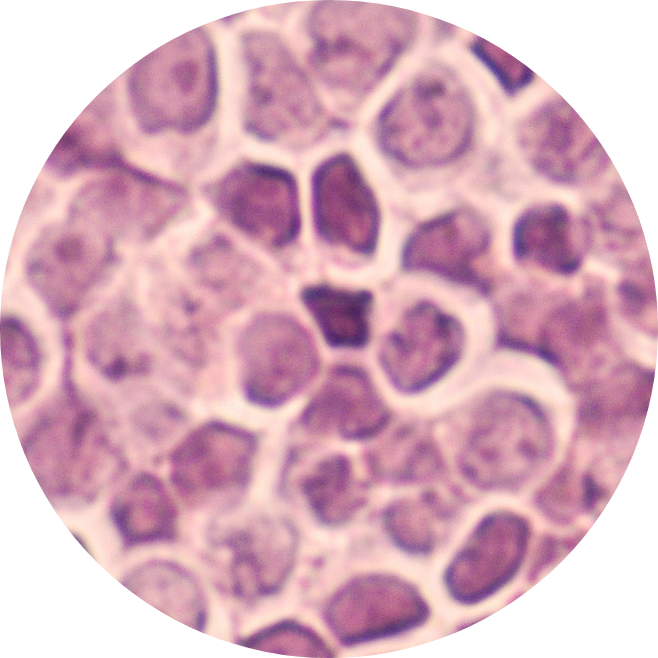
What is Follicular Lymphoma (FL)?
B cells, T cells and glands called lymph nodes make up the body’s immune system which protects the body from diseases.2 Sometimes, the cells inside a lymph node can grow abnormally and become cancerous.
Patients with Follicular Lymphoma have abnormal (cancerous) B cells that develop in clumps called ‘follicles’ inside the lymph nodes and potentially, other parts of the body.1 Follicular Lymphoma is a slow-growing B-cell lymphoma, and patients can live for many years with this form of lymphoma cancer.
DID YOU KNOW?
- 1 in 5 people develop cancer during their lifetime3
- Although Follicular Lymphoma can occur at any age – the median age of diagnosis is 55 years4
- ~20% of patients with Follicular Lymphoma experience disease progression or relapse in the first 2 years following treatment initiation (POD24)
- 5-year survival rate of about 50%5,6
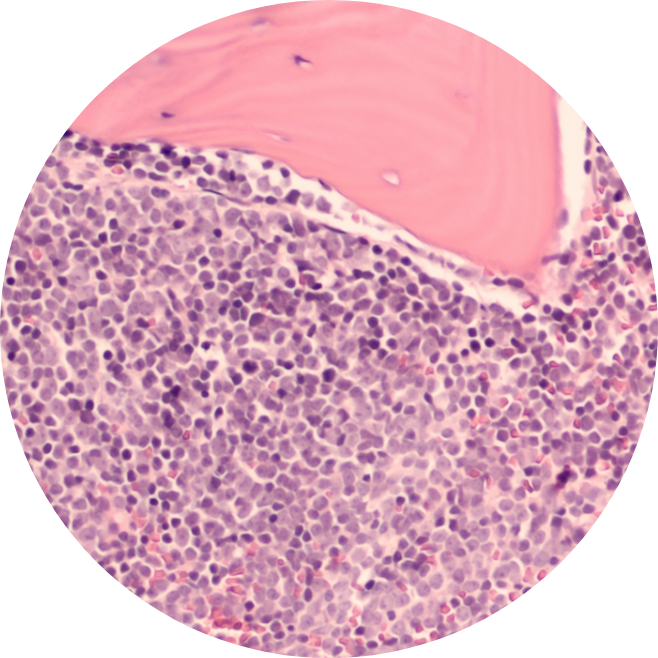
How is Follicular Lymphoma (FL) diagnosed?7
To determine if a person has Follicular Lymphoma (FL), your care team will ask about your treatment history, followed by a thorough physical exam to look for possible symptoms of the disease, such as swollen lymph nodes at various parts of the body.
Often, a biopsy is done where a swollen lymph node is removed for testing. The sample is then tested in the lab by a pathologist to help identify the type of lymphoma and how mature it is. Imaging studies, such as X-ray scans,PET- CT scans, MRI, or ultrasound, may also be done for a better understanding of the extent of the disease.
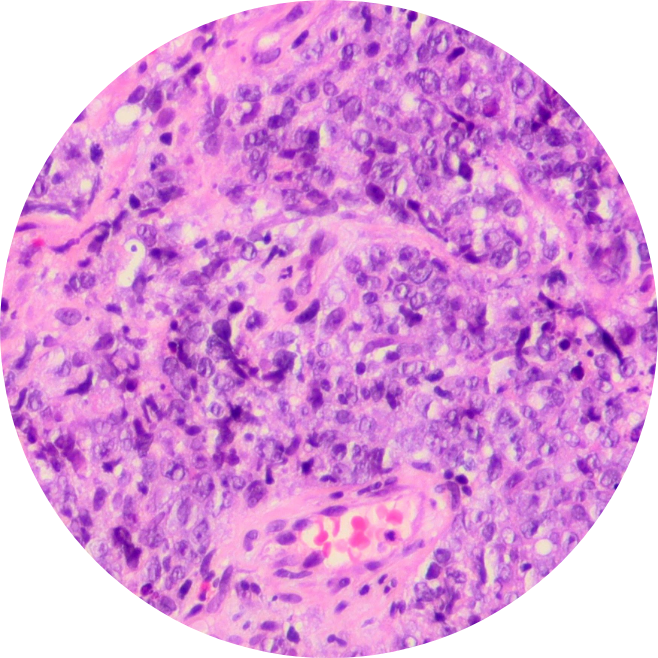
What are the symptoms of
Follicular Lymphoma (FL)?8
Enlarged lymph nodes, or lumps, are often the first symptoms of Follicular Lymphoma (FL) cancer symptoms. Other common symptoms to look out for include:
- Swollen abdomen
- Fever
- Chest pains
- Chills
- Weight loss
- Fatigue
- Loss of appetite
- Shortness of breath
- Easy bruising or bleeding
- Severe or frequent infections
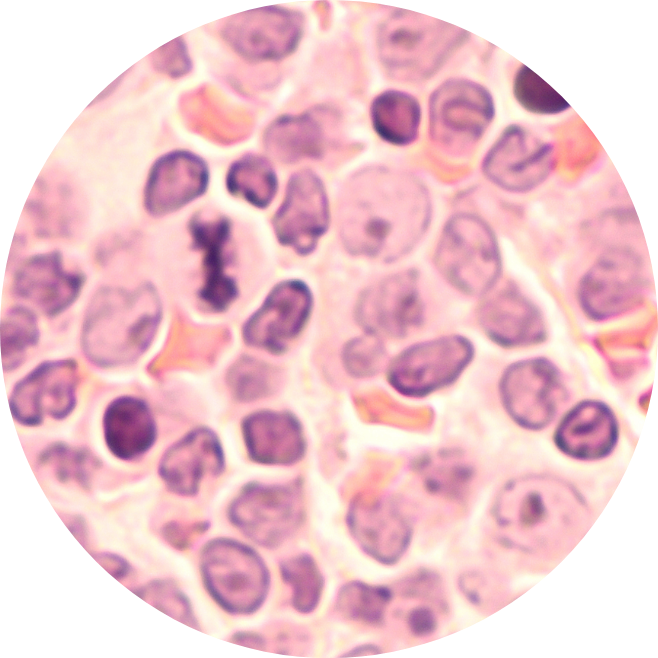
What are the risk factors of
Follicular Lymphoma (FL)?9
Risk factors refer to anything that increases one’s risk of getting cancer, but they do not determine the diagnosis as Follicular Lymphoma (FL) patients may have few or no known risk factors. According to statistics, the risk for developing FL increases with age9, and in men more than women10. FL is extremely rare in children.9
Factors within your control
- Exposure to radiation, certain chemotherapy drugs and chemicals (such as benzene)
- Weakened immune system
- Genetic conditions (such as Ataxia-telangiectasia and Wiskott-Aldrich syndrome)
- Autoimmune diseases (such as rheumatoid arthritis, systemic lupus erythematosus (SLE or lupus), Sjogren (Sjögren) disease, celiac disease (gluten-sensitive enteropathy))
- Body weight
- Lifestyle factors such as smoking and use of hair dyes9
Factors outside of your control
- Age
- Gender
- Family history
- Race and ethnicity
- Geography
